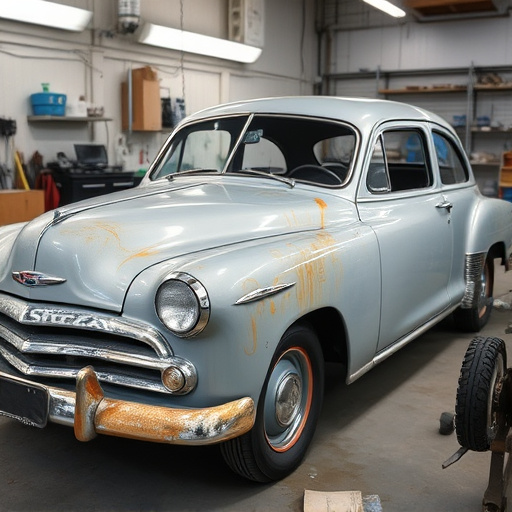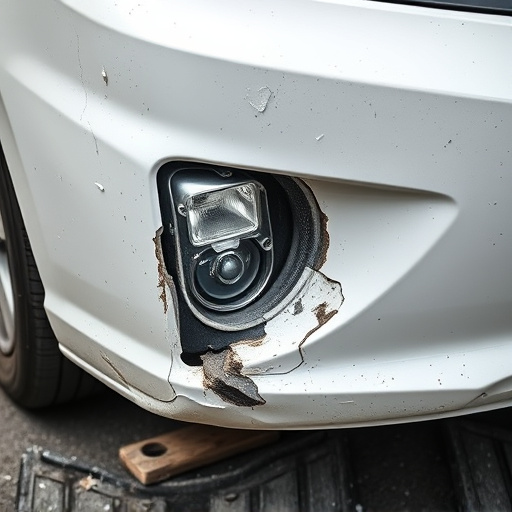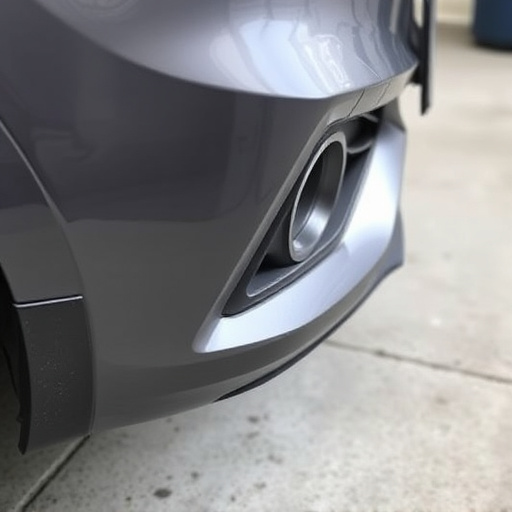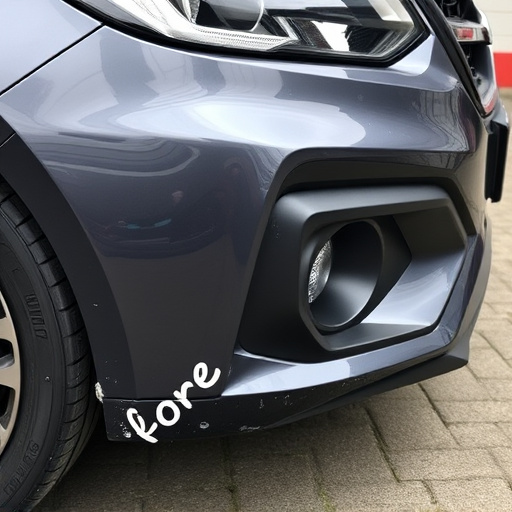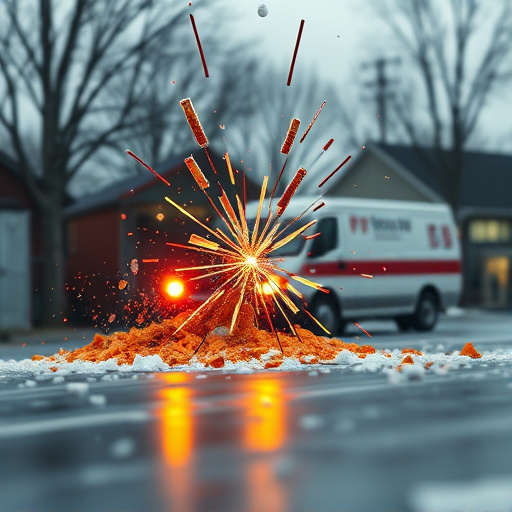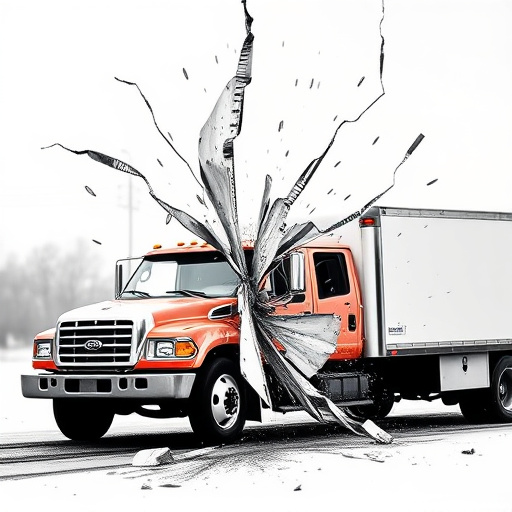To pass PDR certification skills test, study industry standards, focusing on safety protocols, tools, and car body repair techniques, especially dent removal without painting. Understand evaluation criteria, practice with mock exercises and real-world scenarios, and develop a structured study plan to master hands-on skills for structural integrity and seamless finishes in auto body repairs.
Preparing for a hands-on skills test in PDR (Paintless Dent Repair) certification is crucial. This comprehensive guide will equip you with the knowledge to navigate the assessment successfully. First, understand the PDR certification requirements and the key hands-on skills assessed. Next, learn effective study and practice strategies to enhance your proficiency. By following these steps, you’ll be well-prepared to excel in your PDR certification test.
- Understand PDR Certification Requirements
- Identify Key Hands-On Skills Assessed
- Develop Effective Study and Practice Strategies
Understand PDR Certification Requirements
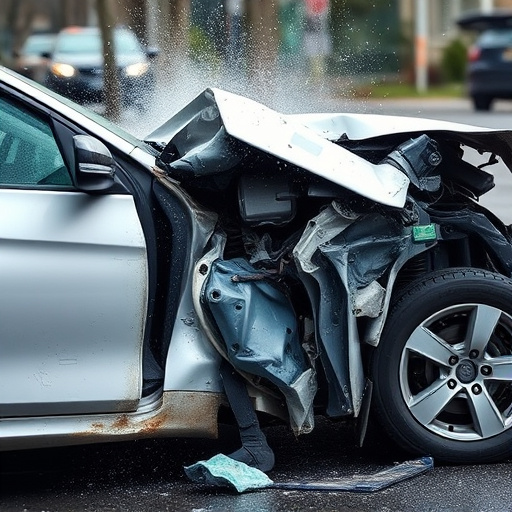
Before diving into the hands-on skills test for your certification, it’s crucial to have a thorough understanding of the PDR (Paintless Dent Repair) certification requirements. This involves familiarizing yourself with the specific standards set by the industry and the expectations of potential employers or clients. The PDR certification process typically includes demonstrating proficiency in various techniques such as using specialized tools, understanding different types of car body repairs, and adhering to safety protocols.
Knowing the ins and outs of auto repair services, particularly focusing on car body repair and the role of a car body shop, is integral to excelling in this test. This includes mastering techniques for removing dents without painting, ensuring minimal disruption to the vehicle’s original finish, and understanding when it’s appropriate to refer more complex repairs to specialists. With these skills under your belt, you’ll be well-prepared to tackle the practical aspects of the certification exam.
Identify Key Hands-On Skills Assessed

When preparing for a PDR certification skills test, understanding what hands-on abilities will be evaluated is paramount. The assessment typically focuses on a range of key skills essential in the auto body repair industry, including but not limited to fender repair and auto maintenance. Proficiency in these areas is crucial for any professional aiming to excel in auto body repair.
Among the core competencies examined are panel removal and replacement techniques, demonstrating an expert grasp of tools and equipment used in both minor and major auto body repairs. These skills are fundamental to ensuring structural integrity while achieving a seamless finish in auto body repair processes. Effective preparation involves reviewing best practices for each assessed skill, considering practical examples from everyday fender repair scenarios, and engaging in mock exercises to gain confidence and refine techniques.
Develop Effective Study and Practice Strategies

Preparing for a hands-on skills test, such as those required for PDR certification, demands a strategic approach to study and practice. Students should begin by understanding their evaluation criteria and familiarizing themselves with the techniques and procedures specific to car paint repair, a core aspect of many automotive certifications. Developing a structured study plan is essential; breaking down complex tasks into manageable steps and allocating dedicated time for each can significantly enhance learning retention.
Practice makes perfect, especially in the realm of PDR where precision matters. Students should aim to replicate real-world scenarios in a controlled setting, focusing on various types of damage, from minor dents to more extensive fender bender repairs. Utilizing practice kits or working with mentors at a collision center can provide valuable hands-on experience. Regularly reviewing and refining techniques will ensure students are well-prepared for the practical assessment, ready to showcase their skills in a dynamic and competitive environment.
Preparing for a hands-on skills test is a crucial step in obtaining your PDR certification. By understanding the assessment areas, such as key skills required, you can develop targeted study strategies. Effective preparation ensures not only knowledge retention but also confidence during the practical evaluation. Embrace these strategies to excel in your PDR certification journey and unlock new opportunities in your field.
